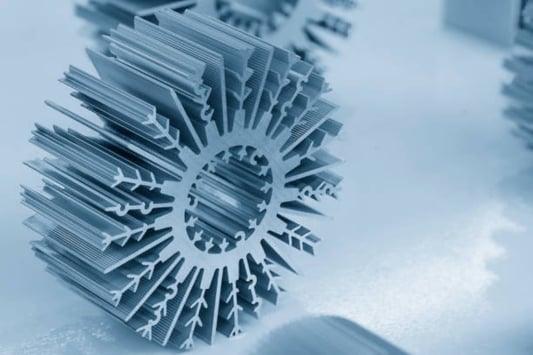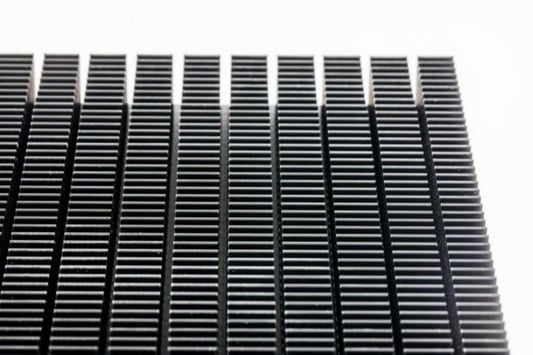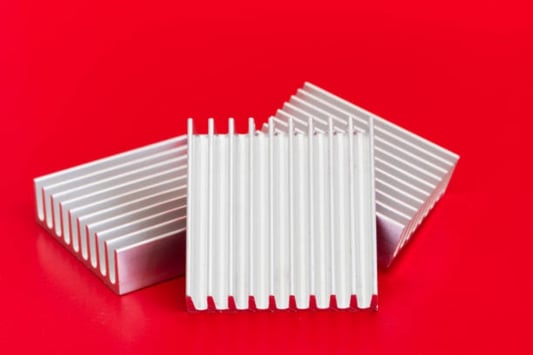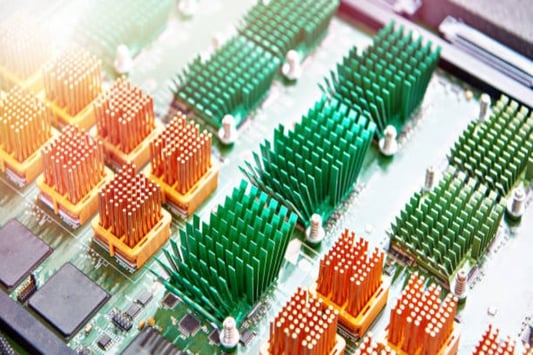What is a heat sink system?A heat sink system is an essential component of electronic devices which helps to dissipate heat generated by various electronic components. This system allows heat to flow from the warmer object to a cooler one, thereby reducing the temperature of the electronic device. A heat sink system generally consists of a heat sink, a thermal interface material, and a fan. Why is a Heat Sink System Important?Electronic devices generate a lot of heat, which, if not dissipated, can cause them to malfunction or even be destroyed. A heat sink system ensures that the temperature of the device remains optimal, preventing it from overheating. This system is particularly important in high-performance and high-speed devices such as computers and smartphones. Types of Heat Sink SystemsThere are two types of heat sink systems: passive and active. Passive heat sink systems rely on natural convection to dissipate heat, while active heat sinks use fans or other cooling mechanisms to force air over the heat sink, thereby increasing its cooling effectiveness. Factors Affecting Heat Sink System PerformanceSeveral factors can affect the performance of a heat sink system, such as the size of the heat sink, the thermal conductivity of the thermal interface material, and the airflow over the heat sink. Properly selecting these components plays a critical role in designing an effective heat sink system. Designing an Effective Heat Sink SystemDesigning an effective heat sink system requires careful consideration of the device's thermal characteristics, as well as the available space for the heat sink and other components. The thermal design should optimize the balance between the device's performance, its size, and the cost and complexity of the heat sink system. Materials Used in Heat Sink SystemsThe choice of material for the heat sink and thermal interface material is vital in designing an efficient heat sink system. Materials with high thermal conductivity, such as copper and aluminum, are commonly used for heat sinks, while thermal interface materials such as silicones and greases are used to bridge any air gaps between the heat sink and the device. Benefits of a Heat Sink SystemThe primary benefit of a heat sink system is preventing the device from overheating, which can lead to device damage or safety hazards. Additionally, proper thermal management can prevent performance issues caused by temperature-related problems, improve device reliability, and prolong the lifespan of the device. Applications of Heat Sink SystemsHeat sink systems are used in various electronic devices, ranging from small handheld devices to larger industrial equipment. They are commonly used in computers, smartphones, power amplifiers, LED lights, electric vehicles, and many other devices that generate heat. The Future of Heat Sink SystemsAs electronic devices continue to become smaller and more powerful, the importance of efficient heat sink systems becomes even more critical. The future of heat sink systems will involve the development of new materials with higher thermal conductivity, improved thermal management techniques, and the integration of heat sink systems into more devices. ConclusionIn summary, heat sink systems play a critical role in dissipating heat generated by electronic devices, preventing overheating, and ensuring optimal performance and device lifespan. Properly designing an effective heat sink system requires careful consideration of the device's thermal characteristics, component materials, and available space. As technology continues to evolve, the development of efficient heat sink systems will remain an essential aspect of the design and manufacture of electronic devices. heat sink system, electronic devices, passive heat sink, active heat sink, thermal conductivity, thermal management, device performanceThe Importance of Heat Sink Systems for Electronic DevicesLearn about the importance of heat sink systems in electronic devices. Properly designing an effective heat sink system requires careful consideration of the device's thermal characteristics and available space.electronic device heat management, active heat sink system, passive heat dissipation, thermal management techniques, heat sink system materials, thermal interface materials, heat sink system design, electronic device performance, heat sink applications Quote Inquiry










